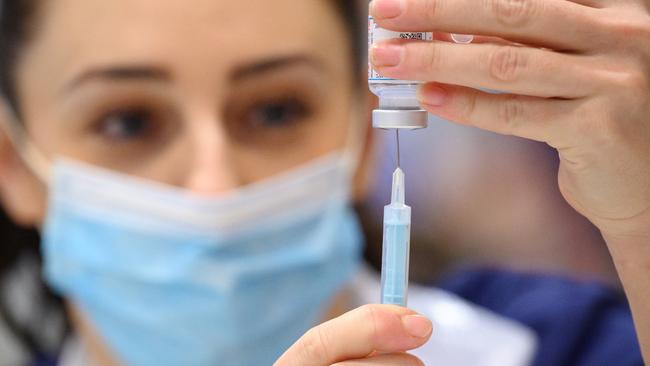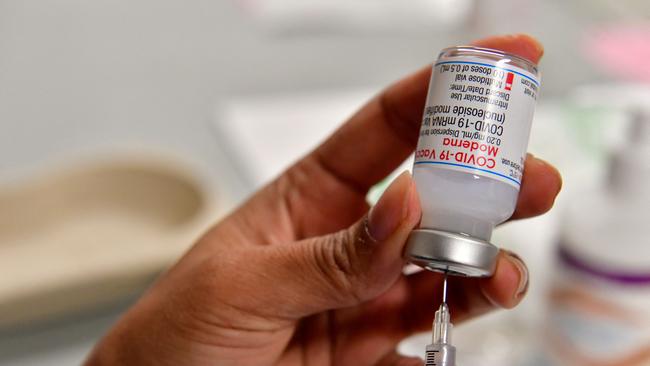Scientists help discover new treatment for many cancers
A team from the Peter MacCallum Cancer Centre has helped find a key to unlocking the next generation of cancer therapeutics.
Victoria
Don't miss out on the headlines from Victoria. Followed categories will be added to My News.
A major discovery with the potential to treat a range of diseases including many cancers has been announced by Victorian and South Australian scientists.
In a paper published on Thursday in the prestigious scientific journal Nature, a team from the Peter MacCallum Cancer Centre and the University of South Australia revealed they had found a key to unlocking the next generation of cancer therapeutics.
These new treatments will, they say, use a new and little understood type of RiboNucleic Acid (RNA) that can be tailored to treat many cancers as well as some genetic and neurological diseases.
RNA is the blueprint for making protein that is essential for all functions of the body. The most famous in the family is mRNA (or messenger RNA) that was used to make Covid vaccines.

While mRNA produces a desired therapeutic or vaccine effect, they can also break down quickly once absorbed into the human body.
This latest discovery is how a little known relative called circular RNA, or circRNA, is transported from where it is made to where it functions. Understanding this pathway is a major step towards using circRNA to treat diseases such as cancer.
The team includes senior author Vi Wickramasinghe and Linh Ngo from the Peter MacCallum Cancer Centre who say it is a “game-changer”.

The inaugural Australian Moderna fellow, Dr Wickramasinghe told the Herald Sun there was international interest in developing the therapy with large companies ready to test it.
“So in essence (bringing this to market) will be a lot quicker because many of the regulatory requirements have already been done because of the mRNA Covid vaccines,” he said.
“We know RNA is safe and efficient in humans. What is exciting from our discovery is that we are getting ever closer to using these new types of RNA in the next generation of therapies.”

The team also includes Professor Greg Goodall from the University of South Australia and SA Pathology’s Centre for Cancer Biology.
Prof Goodall says the discovery further cements evidence these circRNA, of which there are many different types, are made to carry out important functions in the cell.
“Now this molecular mechanism is worked out, it opens up possibilities for manipulating it for beneficial outcomes such as disease therapies,” he said.

The team has been working together since Dr Wickramasinghe returned from Cambridge University in 2017 to set up his own laboratory at the Peter Mac.
“When we started, this was blue sky, fundamental research,” he said.
“Then, because of Covid and RNA vaccines, in the space of four years suddenly everything changed. Everyone knows what RNA is now.”
He said scientists had only scratched the surface for its potential.
“That’s why you have all of these companies throughout the world investing billions of dollars into it, because it shows so much promise,” he said.
“What we are trying to do is figure out how these RNAs work to make better therapeutics.
“I would say within five years a tailored cancer vaccine is entirely feasible and within a decade this therapy could be routine treatment for cancer.
“The potential is unlimited and shows why fundamental, blue sky research is so important.”
The research was funded by the NHMRC, Veski, the Victorian Cancer Agency and National Breast Cancer Foundation (NBCF).
More Coverage
Originally published as Scientists help discover new treatment for many cancers





